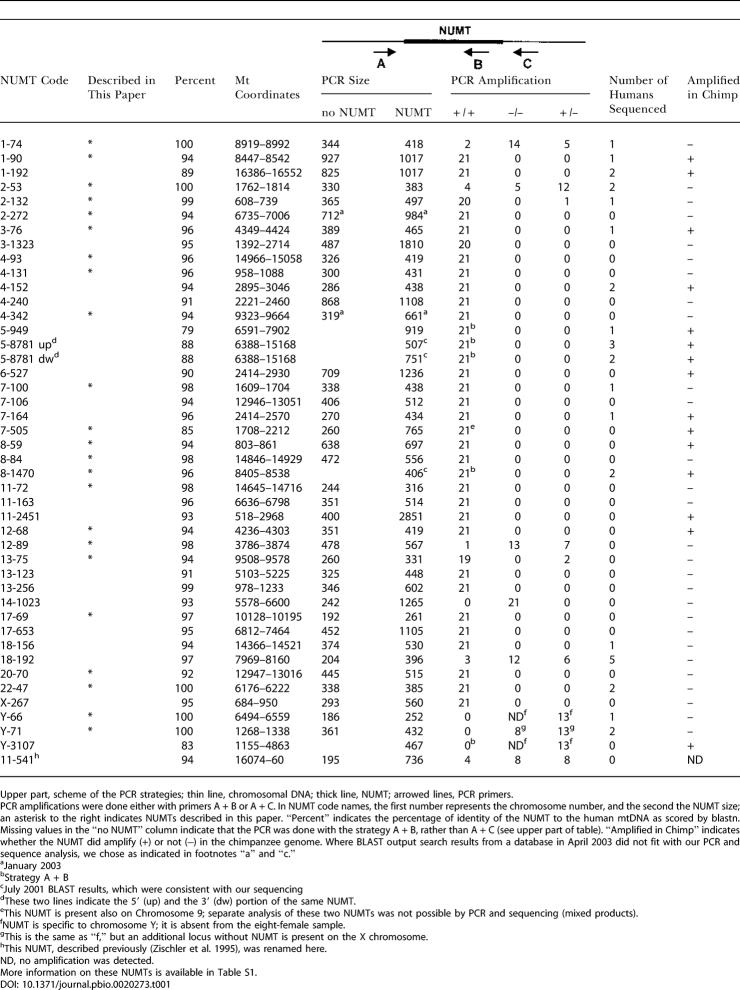Table 1. PCR Amplification and Sequence Analysis of NUMTs from Humans and Chimpanzees.
Upper part, scheme of the PCR strategies; thin line, chromosomal DNA; thick line, NUMT; arrowed lines, PCR primers
PCR amplifications were done either with primers A + B or A + C. In NUMT code names, the first number represents the chromosome number, and the second the NUMT size; an asterisk to the right indicates NUMTs described in this paper. “Percent” indicates the percentage of identity of the NUMT to the human mtDNA as scored by blastn. Missing values in the “no NUMT” column indicate that the PCR was done with the strategy A + B, rather than A + C (see upper part of table). “Amplified in Chimp” indicates whether the NUMT did amplify (+) or not (−) in the chimpanzee genome. Where BLAST output search results from a database in April 2003 did not fit with our PCR and sequence analysis, we chose as indicated in footnotes “a” and “c.”
aJanuary 2003
bStrategy A + B
cJuly 2001 BLAST results, which were consistent with our sequencing
dThese two lines indicate the 5′ (up) and the 3′ (dw) portion of the same NUMT
eThis NUMT is present also on Chromosome 9; separate analysis of these two NUMTs was not possible by PCR and sequencing (mixed products)
fNUMT is specific to chromosome Y; it is absent from the eight-female sample
gThis is the same as “f,” but an additional locus without NUMT is present on the X chromosome
hThis NUMT, described previously (Zischler et al. 1995), was renamed here
ND, no amplification was detected
More information on these NUMTs is available in Table S1

